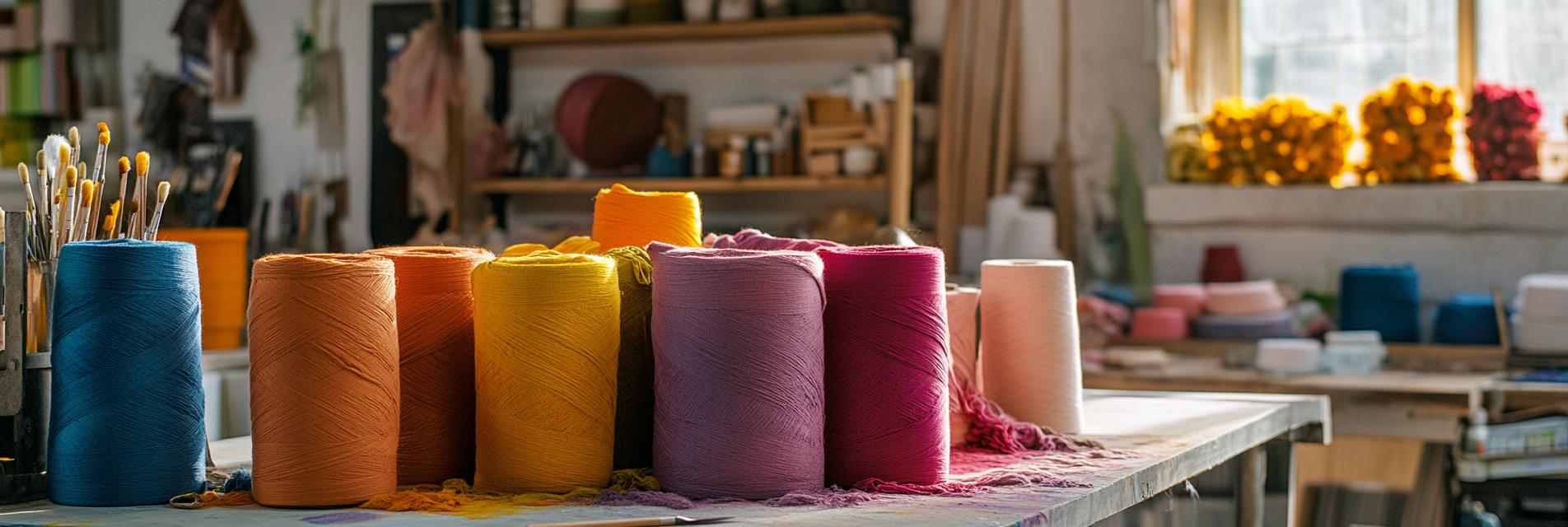As a professional in the textile industry, I have witnessed a significant evolution in the way we approach fabric dyeing processes, particularly with Oxford fabric. The emergence of new technologies has had a profound impact on the eco-friendly treatment of these processes, leading us toward a more sustainable future. In this article, I will delve into the transformative effects of these innovations on Oxford fabric dyeing.
Traditional dyeing methods have often been associated with high levels of water usage, harmful chemical waste, and significant energy consumption. As an industry, we have faced mounting pressure to minimize our environmental footprint, and it is clear that we must adapt to meet new sustainability standards. The motivation to reduce adverse impacts has spurred advancements in dyeing technologies.
Recent innovations have introduced several methods that promote eco-friendly treatments. Technologies such as digital printing, advanced dyeing systems like air dyeing, and dyeing with natural colorants are revolutionizing the industry. For example, digital printing uses significantly less water and energy, and eliminates the need for harmful chemicals. My experiences have shown that transitioning to these new technologies not only aids in environmental preservation but also enhances product quality.
The push towards sustainability is not just beneficial for the environment; it often results in cost savings and improved marketability. Sustainable fabric treatments are increasingly appealing to eco-conscious consumers. As I have personally engaged with various stakeholders, there is a clear upward trend in demand for responsibly produced textiles. By incorporating innovative technologies into our processes, we can meet these growing consumer expectations while fulfilling our environmental responsibilities.
In conclusion, the impact of new technologies on eco-friendly treatment of Oxford fabric dyeing cannot be overstated. As we navigate the future of textile manufacturing, the implementation of sustainable practices will play a critical role in ensuring we remain competitive and conscientious in our industry. I am optimistic about the changes ahead and look forward to contributing to a greener future for textile production.

